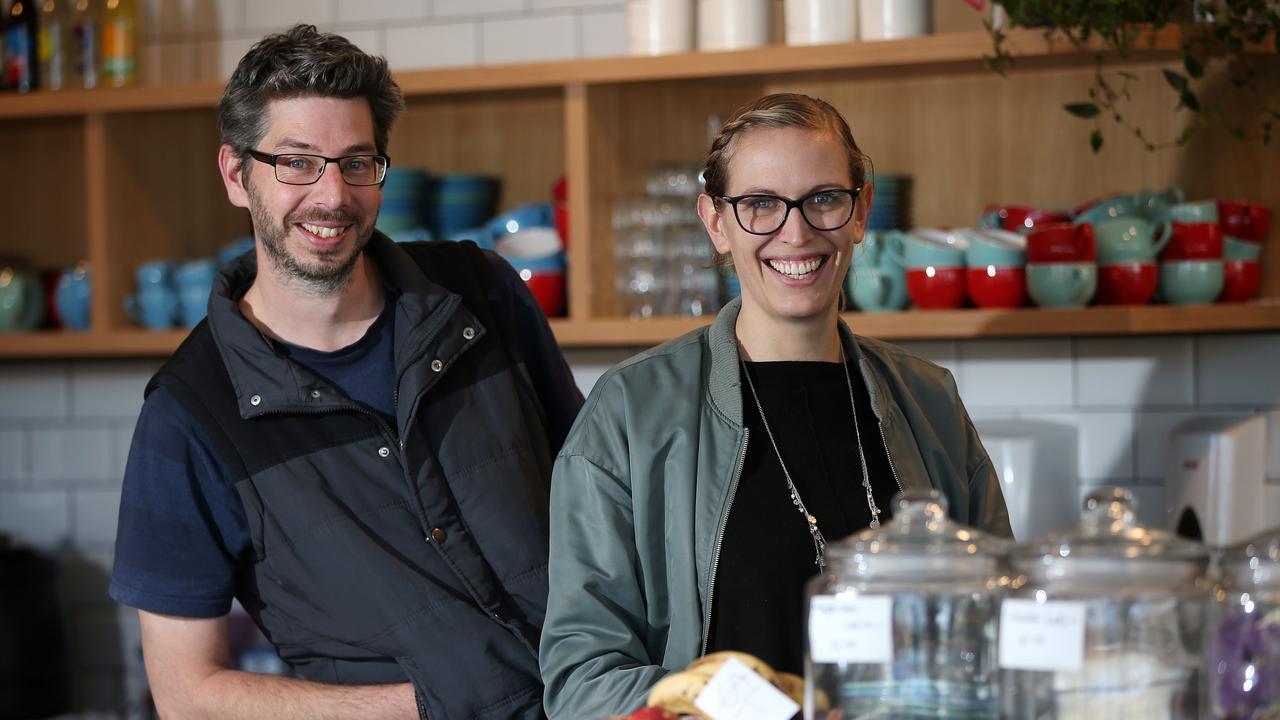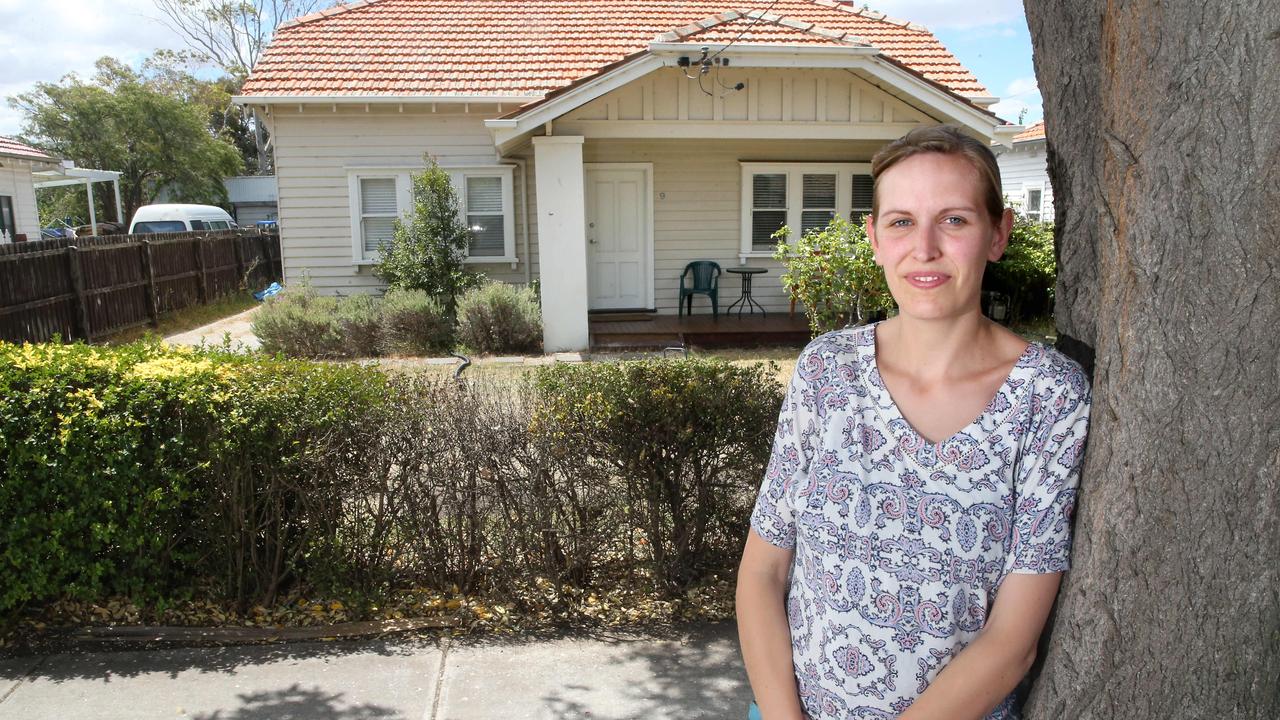Geelong community named state’s worst-off
A Geelong community has been named Victoria’s disadvantaged, with those on the ground hoping the ranking will trigger investment.

When Kaylene Reeves tells people she lives in Norlane, which has just been ranked the most disadvantaged community in the state, she notices a shift.
“I’ve been here 11 years and people talk to me differently when they hear where I’m from,” she said.
“A lot of assumptions are made … which really does hold people back.”
“Stigma is huge.”
New data from the 2021 Census found Norlane was the most disadvantaged of Victoria’s SA2 small areas. Corio/ Lovely Banks ranked 5th most disadvantaged and North Geelong came in at 31.
In 2016 Norlane ranked fourth in the same data set.
The Australian Bureau of Statistics’ area snapshot, found Norlane was lagging in key areas.
Households in Norlane, on average, earned $926 per week, compared to Greater Geelong’s average of $1592 and the state average of $1759.
About 46.9 per cent of Norlane residents worked full time on census night, while 10.1 per cent were unemployed compared to a Victorian average of 5 per cent.
About 16.1 per cent of Norlane residents dropped out of school at year nine or below, more than double the state average of 7.9 per cent and the national average of 7.2 per cent.
Just 10.1 per cent of residents had a bachelor degree education, compared with 24.2 per cent of Greater Geelong residents and 29.2 per cent of the state.

The percentage of people in Norlane with long term health conditions was also higher than the rest of the state.
In Norlane 17.3 per cent of people reported a mental health condition, compared to 8.8 per cent across Victoria; and just 46.2 per cent reported no long term health conditions compared to 61 per cent of all Victorians.
Mrs Reeves, who is co-chief executive of Norlane Community Initiatives, said residents faced challenges including unemployment, low educational attainment and job insecurity.
“Health is a huge one which is stopping people accessing employment,” she said.
“It’s a significant issue our neighbourhood faces that leads to a lot of other struggles in life. “
She said there were intergenerational issues in the suburb and many people had faced trauma.
“Instead of band aid solutions we need systemic upstream approaches looking at what is causing some of these issues,” she said.
She said many solutions in the form of programs already existed in Norlane, but resourcing these was key.
The ranking as the state’s worst off area would hopefully be an opportunity for governments to invest needed funds in Norlane, she said.
“This has been a growing problem for a long time,” she said.
“Hopefully this will mean it can’t be ignored anymore.”
Committee for Geelong chief executive officer Michael Johnston said the figures highlighted a “growing divide in social equity in our city”.
He said while parts of Geelong were thriving, the city’s north was still struggling.
“It is not surprising to see a correlation between lower levels of education and higher levels of chronic illness and non-communicable disease,” Mr Johnston said.
He said more social and affordable housing and greater investment in the city’s transport infrastructure were needed to help address access gaps, particularly as the cost of living continues to surge.
“People in Norlane are far more reliant on cars as their primary form of transport. The lack of adequate public transport infrastructure is disproportionately impacting this community,” he said.
“Less people are employed in occupations that provide working from home flexibility.
“These are people that need to be able to move around to get to work and are faced with either poor public transport options or rising costs with using their car.”
Richard Marles, Deputy Prime Minister and Member for Corio, said the federal government was delivering more affordable housing, easing cost of living pressures, creating skilled manufacturing jobs and training Australians to do them.
“It’s important as we build a better future we ensure we’re delivering for all of Geelong including those in our north, and that’s what I’m focused on,” Mr Marles said.
A state government spokeswoman said the rising cost of living was making it harder for families to make ends meet.
“That’s why we’re helping households with initiatives including free kinder, the $250 Power Saving Bonus, Free TAFE and capped V/Line fares,” she said.
More Coverage
Originally published as Geelong community named state’s worst-off






